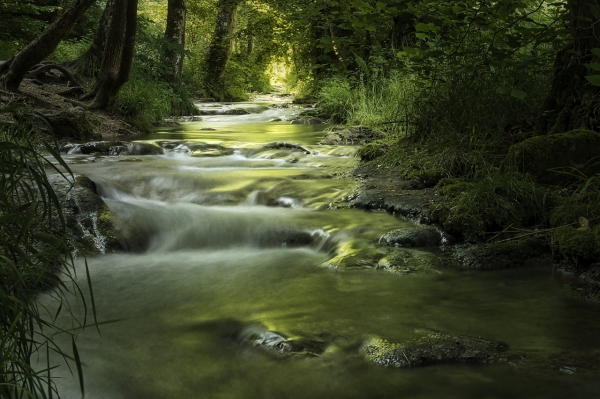A team of researchers from the University of Massachusetts Amherst that specializes in accounting for the carbon dioxide release by streams, rivers and lakes recently demonstrated that the chemical process known as “carbonate buffering” can account for the majority of emissions in highly alkaline waters.
A team of researchers from the University of Massachusetts Amherst that specializes in accounting for the carbon dioxide release by streams, rivers and lakes recently demonstrated that the chemical process known as “carbonate buffering” can account for the majority of emissions in highly alkaline waters. Furthermore, carbonate buffering distorts the most commonly used method of tracking the origins of CO2 in streams. The research, published in Global Biogeochemical Cycles, proposes a better method for tracking the origin of riverine CO2 emissions.
Inland waters, including streams, rivers and lakes, account for roughly 5.5 gigatons of CO2 emissions annually – about 15% of what humans emit. But current climate models have trouble accounting for this carbon, in part because, says Matthew Winnick, assistant professor of Earth, Geographic and Climate Sciences at UMass Amherst and the paper’s lead author, much of this carbon seems to be produced cryptically, through carbonate buffering. “The process is a little weird,” says Winnick. “It acts as a kind of hidden reserve pool of CO2, replenishing carbon that is lost to the atmosphere, and ultimately increasing the amount of CO2 available for off-gassing.”
Read more at University of Massachusetts Amherst
Photo Credit: Nordseher via Pixabay




